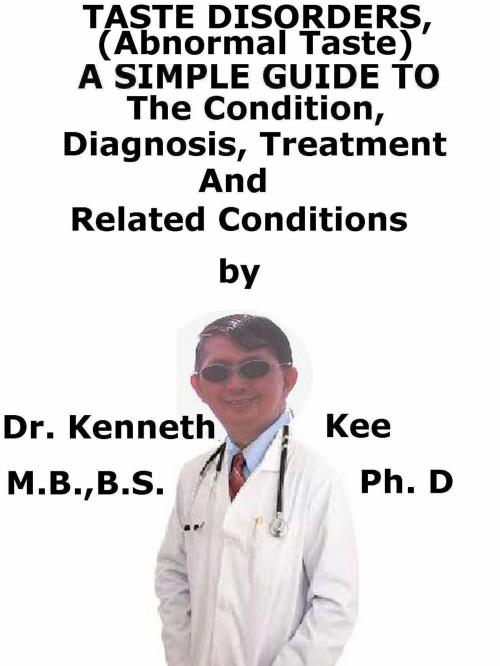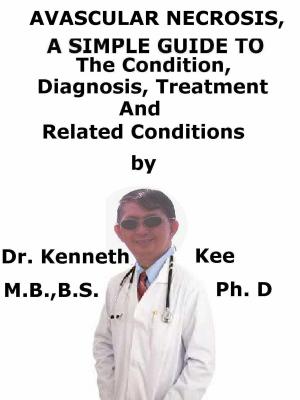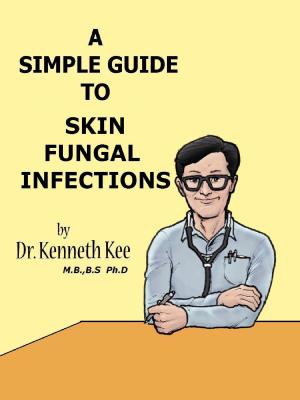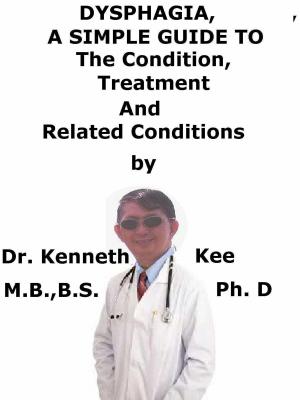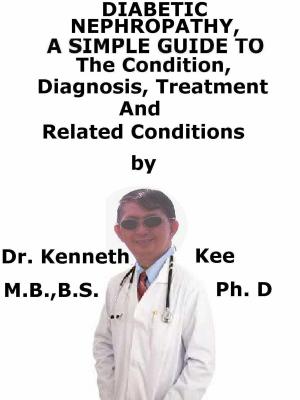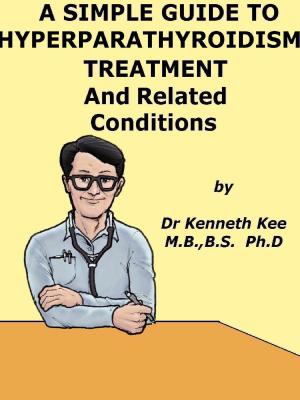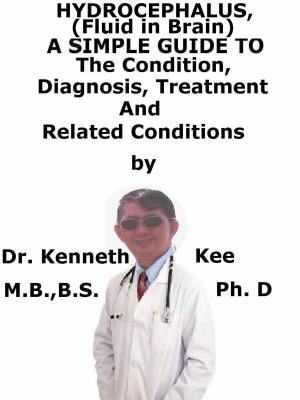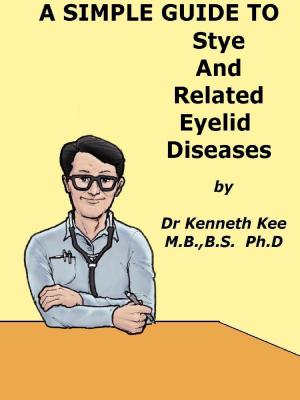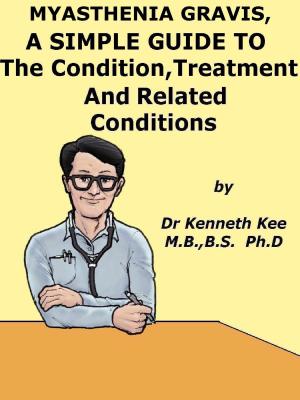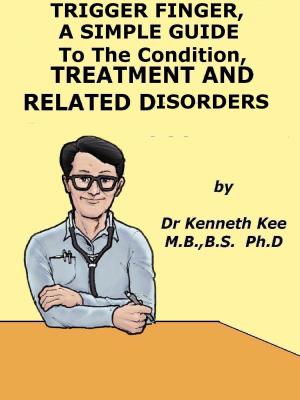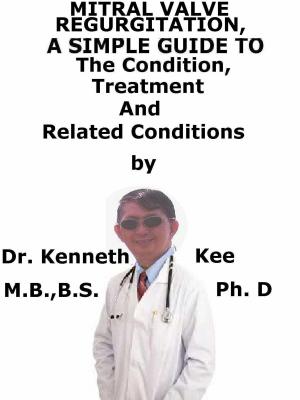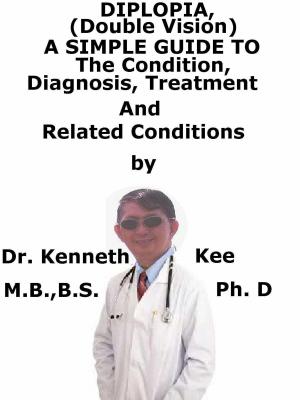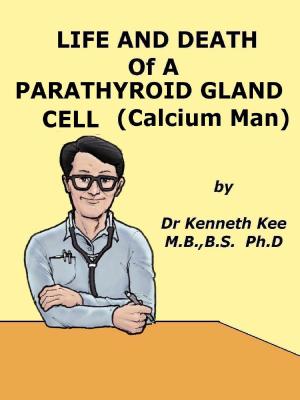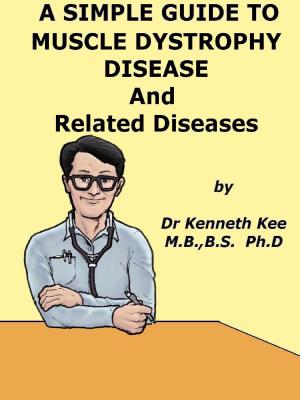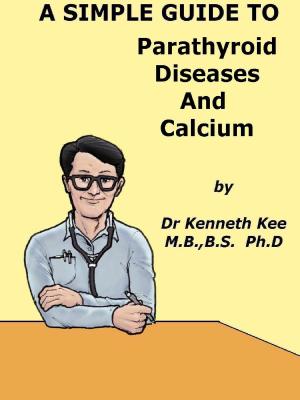Taste Disorders, (Abnormal Taste) A Simple Guide To The Condition, Diagnosis, Treatment And Related Conditions
Nonfiction, Health & Well Being, Medical, Specialties, Otorhinolaryngology| Author: | Kenneth Kee | ISBN: | 9781370131266 |
| Publisher: | Kenneth Kee | Publication: | September 19, 2017 |
| Imprint: | Smashwords Edition | Language: | English |
| Author: | Kenneth Kee |
| ISBN: | 9781370131266 |
| Publisher: | Kenneth Kee |
| Publication: | September 19, 2017 |
| Imprint: | Smashwords Edition |
| Language: | English |
Taste disorders are normally linked with smell disorders such as anosmia or loss of smell.
Smell and taste are so closedly linked that any loss of smell can result in a constant loss of taste.
Similarly a loss of taste may affect the person to smell the food appropriately.
Some people are born with taste disorders (and also disorders of smell).
Many other people develop taste disorders as a result of oral illnesses, infections, injuries, exposure to chemicals and smoke and air pollutants.
Oral cavity and mucosal disorders can impair taste sensation such as:
1. Oral infections,
2. Inflammation, and
3. Radiation-induced mucositis.
Types of Taste Disorders
1. Phantom taste perception is the most frequent taste disorder in the mouth which is a lingering, often unpleasant taste even though the person has nothing in the mouth.
2. Hypogeusia, another type of taste disorder, is a decreased ability to taste sweet, sour, bitter, salty, and savory (umami)
3. Dysgeusia is a taste disorder in which a foul, salty, rancid, or metallic taste sensation will continue in the mouth.
Dysgeusia is occasionally accompanied by burning mouth syndrome
4. Ageusia is the inability to detect any tastes.
True taste loss is rare.
The causes of taste disorders are:
1. Upper respiratory and middle ear infections
2. Radiation therapy for cancers of the head and neck
3. Exposure to certain chemicals, such as insecticides and some medications
4. Head injury
5. Some types of surgeries to the ear, nose, and throat (middle ear surgery
6. Poor oral hygiene and dental disorders.
Many types of taste disorders are curable when the underlying cause is diagnosed.
If a medicine is the cause, adjusting or altering the choice of medicine may help.
If the taste disorder is because of an upper respiratory infection or allergy, the moment the disorder is treated, the sense of taste will return to normal.
Proper oral hygiene can also treat some taste disorders.
If the person loses some or all of the sense of taste he or she can make the food taste better by preparing foods with a variety of textures, and using herbs and hot spices.
Symptoms:
The taste disorders can weaken or eliminate an early warning system that most of people take for granted.
The taste sensation helps the person recognize spoiled food or liquids and, for some people, the presence of elements to which they are allergic.
An abnormal sense of taste can be a danger factor for heart disease, diabetes, stroke, and other illnesses that require sticking to a specific diet.
When taste is affected, a person may alter his or her eating habits.
Some people may eat too little and lose weight while others may eat extra and gain weight.
Loss of taste can cause a person to add too much sugar or salt to make food taste better.
Addition of salt or sugar can be a problem for people with certain medical diseases, such as diabetes or high blood pressure.
In severe cases, loss of taste can lead to depression.
Diagnosis:
Doctors have produced taste tests in which the patient reacts to different chemical concentrations.
This may require a simple "sip, spit, and rinse" test, or chemicals may be applied directly to specific areas of the tongue.
Treatment
If a certain medicine is the cause, stopping or changing the medicine may help remove the problem.
Often, the treatment of a general medical disorder can correct the loss of taste.
Ways of improving the taste of foods are:
1. Preparing foods with a variety of colors and textures.
2. Using aromatic herbs and hot spices to add more flavor
3. If the diet permits, add small amounts of cheese, bacon bits, butter, olive oil, or toasted nuts on vegetables
4. Combination dishes can can increase flavors and taste
TABLE OF CONTENT
Introduction
Chapter 1 Taste Disorders
Chapter 2 Causes
Chapter 3 Symptoms
Chapter 4 Diagnosis
Chapter 5 Treatment
Chapter 6 Prognosis
Chapter 7 Anosmia
Chapter 8 Rhinosinusitis
Epilogue
Taste disorders are normally linked with smell disorders such as anosmia or loss of smell.
Smell and taste are so closedly linked that any loss of smell can result in a constant loss of taste.
Similarly a loss of taste may affect the person to smell the food appropriately.
Some people are born with taste disorders (and also disorders of smell).
Many other people develop taste disorders as a result of oral illnesses, infections, injuries, exposure to chemicals and smoke and air pollutants.
Oral cavity and mucosal disorders can impair taste sensation such as:
1. Oral infections,
2. Inflammation, and
3. Radiation-induced mucositis.
Types of Taste Disorders
1. Phantom taste perception is the most frequent taste disorder in the mouth which is a lingering, often unpleasant taste even though the person has nothing in the mouth.
2. Hypogeusia, another type of taste disorder, is a decreased ability to taste sweet, sour, bitter, salty, and savory (umami)
3. Dysgeusia is a taste disorder in which a foul, salty, rancid, or metallic taste sensation will continue in the mouth.
Dysgeusia is occasionally accompanied by burning mouth syndrome
4. Ageusia is the inability to detect any tastes.
True taste loss is rare.
The causes of taste disorders are:
1. Upper respiratory and middle ear infections
2. Radiation therapy for cancers of the head and neck
3. Exposure to certain chemicals, such as insecticides and some medications
4. Head injury
5. Some types of surgeries to the ear, nose, and throat (middle ear surgery
6. Poor oral hygiene and dental disorders.
Many types of taste disorders are curable when the underlying cause is diagnosed.
If a medicine is the cause, adjusting or altering the choice of medicine may help.
If the taste disorder is because of an upper respiratory infection or allergy, the moment the disorder is treated, the sense of taste will return to normal.
Proper oral hygiene can also treat some taste disorders.
If the person loses some or all of the sense of taste he or she can make the food taste better by preparing foods with a variety of textures, and using herbs and hot spices.
Symptoms:
The taste disorders can weaken or eliminate an early warning system that most of people take for granted.
The taste sensation helps the person recognize spoiled food or liquids and, for some people, the presence of elements to which they are allergic.
An abnormal sense of taste can be a danger factor for heart disease, diabetes, stroke, and other illnesses that require sticking to a specific diet.
When taste is affected, a person may alter his or her eating habits.
Some people may eat too little and lose weight while others may eat extra and gain weight.
Loss of taste can cause a person to add too much sugar or salt to make food taste better.
Addition of salt or sugar can be a problem for people with certain medical diseases, such as diabetes or high blood pressure.
In severe cases, loss of taste can lead to depression.
Diagnosis:
Doctors have produced taste tests in which the patient reacts to different chemical concentrations.
This may require a simple "sip, spit, and rinse" test, or chemicals may be applied directly to specific areas of the tongue.
Treatment
If a certain medicine is the cause, stopping or changing the medicine may help remove the problem.
Often, the treatment of a general medical disorder can correct the loss of taste.
Ways of improving the taste of foods are:
1. Preparing foods with a variety of colors and textures.
2. Using aromatic herbs and hot spices to add more flavor
3. If the diet permits, add small amounts of cheese, bacon bits, butter, olive oil, or toasted nuts on vegetables
4. Combination dishes can can increase flavors and taste
TABLE OF CONTENT
Introduction
Chapter 1 Taste Disorders
Chapter 2 Causes
Chapter 3 Symptoms
Chapter 4 Diagnosis
Chapter 5 Treatment
Chapter 6 Prognosis
Chapter 7 Anosmia
Chapter 8 Rhinosinusitis
Epilogue
